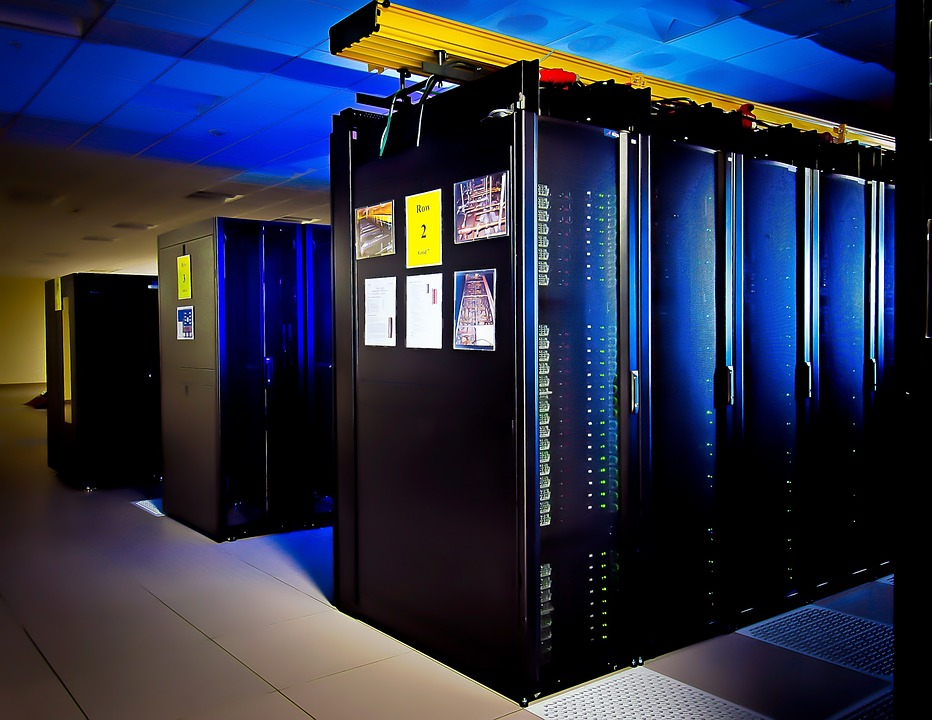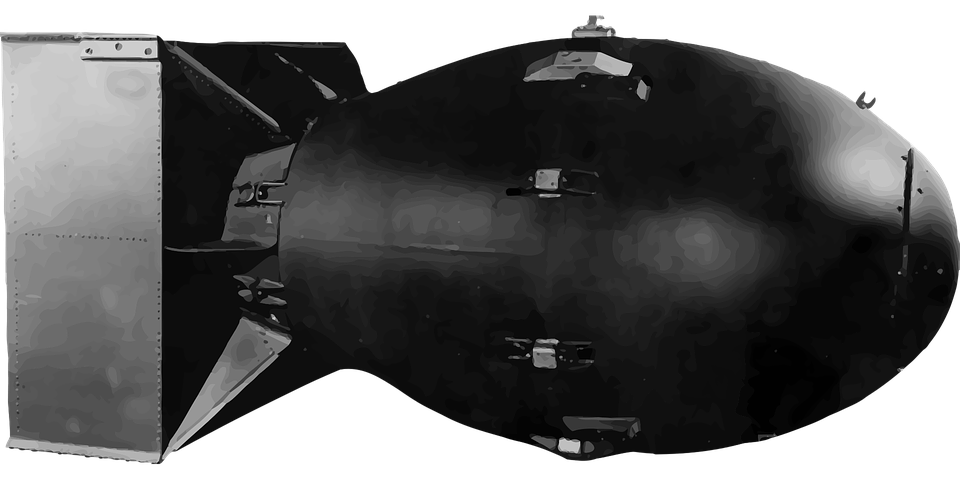The US Energy Department together with Hewlett Packard Enterprises is creating an ARM supercomputer called Astra.
With its first boot scheduled sometime toward the end of 2018, Astra will reside in a building that once hosted another supercomputer. In this article, we take a look at some of Astra’s features and future.
The Building to House Astra
Located at Sandia National Laboratories in Albuquerque, New Mexico, the building once hosted the world’s second fastest supercomputer called Red Storm. Red Storm was commissioned in 2002 and decommissioned in 2012.

Image of a supercomputer (https://pixabay.com/en/supercomputer-mainframe-olympus-1782179/)
The Astra ARM Supercomputer Will Be Air-Cooled
The building housing Astra was designed to liquid-cool supercomputers.
But here’s the deal:
Unlike other supercomputers, Astra will be air-cooled. So when you get a chance to visit the data center, do not expect to find cold plates, liquid disconnects, or tubing.
Even though air will be the coolant of choice for Astra, liquid cooling equipment will be used to cool the surrounding air. In other words, Astra will be air-cooled but surrounded by a liquid-cooled envelope.
Future Prospects for Astra
The Department of Energy’s mission is to accelerate ARM supercomputer development. Eventually, the program’s goal is to support the National Nuclear Security Administration in securing the America’s nuclear stockpile.

Nuclear Warhead (https://pixabay.com/en/atomic-bomb-bomb-nuclear-war-2026117/)
Astra Temperature Expectations
Even though Astra will use an indirect cooling system, scientists working on the Sandia facility expect very low temperatures in the facility.
During the hottest days of summer when the supercomputer is running at full capacity, the fan coils of the HPE will use water at 75 degrees Fahrenheit and 89kW to cool the 1.2MW load.
And that’s not all...
The open cooling tower at Sandia National Laboratories will use an extra 80kW to cool water to 75 degrees even during 102-degree temperatures. During the rare highly humid hot summer days, mechanical chillers running at 50kW will cool the water to 75 degrees Fahrenheit.
More Supercomputers to be added to the Facility
There are plans to add more supercomputers to the facility. This will increase the demand for power and will require 70% extra water.
The staff at the data center intend to install an array of supporting infrastructure to test various cooling approaches, ultimately improving efficiency.
For instance, they plan to use DC power instead of AC as well as test different liquids for cooling.
How Astra’s Design Allows for Expansion
Astra will occupy 14,000 square feet and will have 3-feet of raised space.
This will enable Astra to match the current data center’s design. It will now be possible to remove and rebuild walls between data halls for growth purposes.
Now:
Plans are underway to expand the facility for other HPC systems, as well as other phases of the Vanguard program. The current expansion will be complete on July 18, 2018.
Astra will have a second-tier LEED Gold rating. Its design features motion-activated LED lights with daytime passive lights.
Details of How the Cooling System Will Work
Astra’s processors will be air cooled. Pumps will deliver water between 72 and 75 Fahrenheit into the building based on the demand for cooling. There will be piping beneath the floor surrounding the entire data center.
The engineers will place a pumping valve every 15 feet to ensure accessibility. Besides, the 15-foot interval will leave room for extending new systems.
The Use of the Thermosypon
The heated air will pass through valves and provide heat for neighboring buildings. However, heat supply will start as soon as a constant load is established.
On the other hand, return water will pass through a Thermosypon, a revolutionary cooling technology that conserves both water and energy lost during evaporation.
Why is this critical?
By returning the water to a temperature ideal for cooling, the Thermosypon allows water to immediately return to the cooling loop.
What If Temperatures Are Beyond What the Thermosypon Can Handle?
If the water temperature is too high for the Thermosypon, the water will flow to a tower system for extra cooling. In dire circumstances, a mechanical system may be used to cool the water.
In future, however, Astra will have no mechanical systems.
The Thermosypon saves a lot of water that would be lost through evaporation. Thermosypons have proven their worth at a National Renewable Energy Laboratory HPC facility.
The bottomline?
The facility, which is under the control of NREL, Johnson Controls and Sandia saves around 1 million gallons of water annually.
The plan is to install 4 Thermosypons at Astra, which is expected to save around 2.5 million gallons of water.






